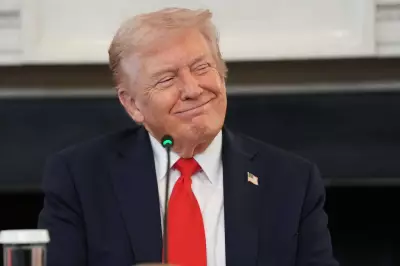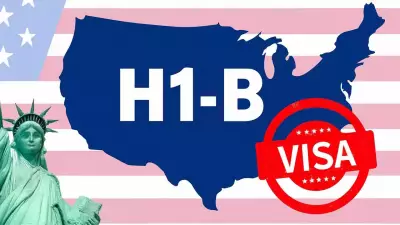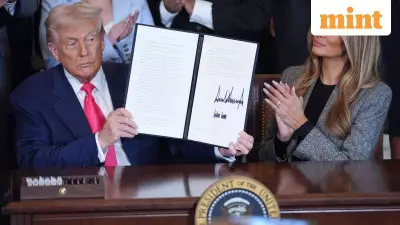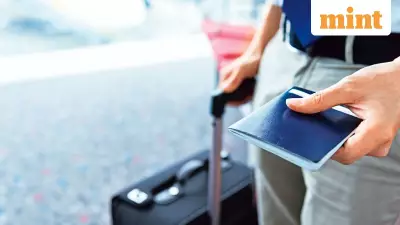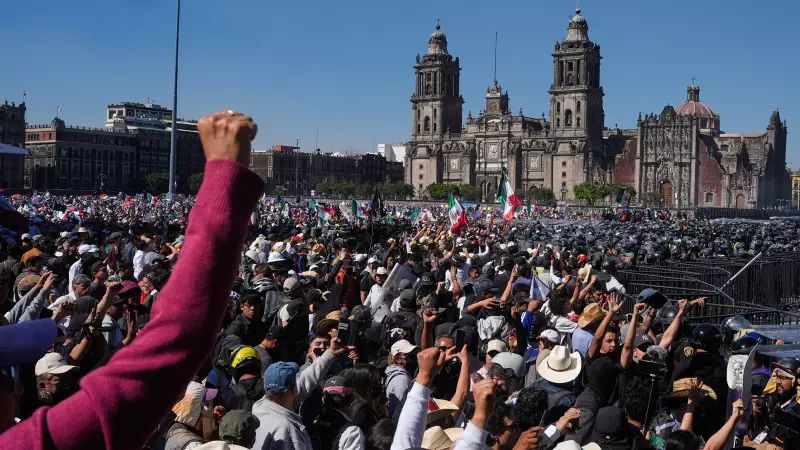
Thousands of young demonstrators, primarily from Generation Z, transformed the streets of Mexico City into a sea of outrage and demands for security reform. The massive protest on Thursday represented one of the most significant public displays of frustration against the government's handling of violent crime in recent memory.
The Spark That Ignited a Movement
The protest movement gained momentum following two deeply disturbing kidnapping cases that shook the nation's conscience. The first incident involved the abduction of a 27-year-old man from a upscale bar in the Zona Rosa neighborhood, while the second case saw a 17-year-old boy snatched from outside his school in the upscale Las Lomas area. Both victims were later released, but their traumatic experiences exposed glaring security failures that resonated with young Mexicans nationwide.
The protest organizers strategically chose to march from the Angel of Independence monument to the Zocalo, Mexico City's main square, creating a powerful visual statement as thousands moved through the heart of the capital. Many participants carried Mexican flags and held handwritten signs bearing messages like "We're tired of living in fear" and "It could have been any of us."
A Generation Finds Its Voice
What made this demonstration particularly noteworthy was its demographic composition. The protest was overwhelmingly dominated by Generation Z participants, many of whom were experiencing political activism for the first time. Their presence signaled a new wave of civic engagement among Mexico's youth, who have grown increasingly frustrated with persistent violence and government inaction.
Social media platforms played a crucial role in mobilizing participants, with viral calls to action spreading rapidly across TikTok, Instagram, and X (formerly Twitter). The digital mobilization demonstrated how young Mexicans are leveraging technology to organize and amplify their demands for safer communities.
One 19-year-old university student captured the sentiment of many protesters when she told reporters, "We're not here for politics. We're here because we're scared to go out, scared to use public transportation, and tired of looking over our shoulders constantly."
Government Response and Future Implications
The protest occurred against a backdrop of concerning crime statistics that have plagued President Andrés Manuel López Obrador's administration. Mexico has recorded over 30,000 homicides annually for several consecutive years, creating a pervasive sense of insecurity among citizens despite government claims of improving conditions.
President López Obrador initially responded to the growing movement by suggesting that political opponents might be exploiting the situation. However, as public pressure mounted, his administration acknowledged the legitimacy of the protesters' concerns and promised to address security shortcomings.
The massive turnout signals potential political consequences for the ruling Morena party as the country approaches the 2024 presidential election. The demonstration highlighted how security issues could become a decisive factor for young voters who have traditionally shown lower participation rates in electoral processes.
As night fell on Mexico City, the protesters dispersed with promises to maintain pressure on authorities. The movement has already sparked discussions about additional demonstrations in other Mexican states, suggesting that what began as outrage over two specific incidents may evolve into a sustained campaign for comprehensive security reform.

